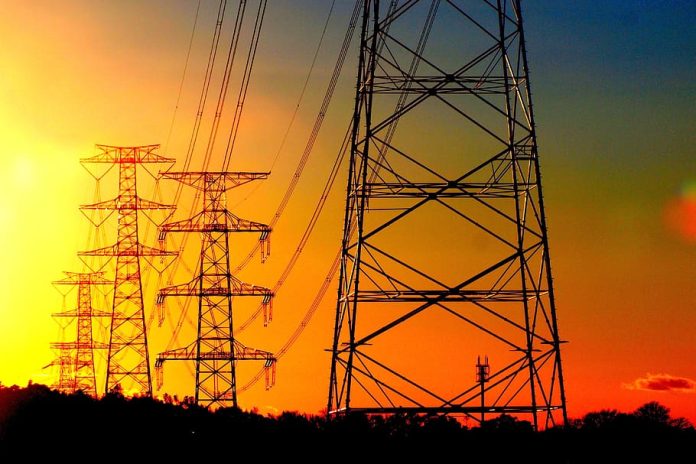Toronto East Residents for Renewable Energy (TERRE) demands a comprehensive review of the third high voltage line. .
On June 4, the government of Ontario announced plans to build a third transmission line to Toronto to meet the city’s expanding energy needs. This proposed line would bring electricity from Pickering or Darlington Nuclear Stations to Toronto, with seven to 10 years estimated to complete and at a potentially high cost to taxpayers.
As a group of residents concerned about the health and climate impacts of the Portlands Energy Centre (PEC) and the need to rapidly expand renewable energy sources, Toronto East Residents for Renewable Energy (TERRE) demands a comprehensive review of this announcement by the Ford government.
There has been opposition from both Toronto City Council and citizens’ groups to the Portlands gas plant from the beginning. It is the biggest emitter of greenhouse gases and nitrogen oxides in the city, posing both health and environmental problems for neighbours and indeed the whole city.
The Canadian Association of Physicians for the Environment (CAPE) estimates that one-in-seven premature deaths in Canada are due to fossil fuel pollution. Emissions are so high at the Portlands plant that they may impact the planned construction of the residential towers in areas of the Eastern waterfront, such as Ookwemin Minising (previously Villiers Island), the McLeary District and East Harbour. Levels of toxicity at greater heights could limit whether residents in upper storeys will have windows that open or balconies. Unfortunately, the proposal to build American GE-Hitachi nuclear reactors to meet Toronto’s future electricity needs is problematic due to their very long timelines, high-cost and resulting dependence on enriched uranium from the U.S.
In June 2024, a year before the Ontario government’s third line announcement, Toronto City Council passed a resolution requesting that the Independent Electricity System Operator (IESO) work with the City and Toronto Hydro to develop an Integrated Regional Resource Plan (IRRP) for Toronto’s electricity system that would: a) phase out gas-fired electricity generation at the Portlands Energy Centre by 2035, except in extreme, exceptional and emergency circumstances totalling less than 88 hours per year; and, b) rapidly increase local renewable energy generation and storage and maximize cost effective energy efficiency.
In this context, it is premature to consider a third line which would further tie Toronto to a nuclear future. The IESO is currently conducting its Local Achievable Potential Study to determine the potential for energy efficiency, demand management, local renewables and energy storage to meet Toronto’s growing electricity demand. Before a decision is made by Toronto City Council, IESO or the province, there must be an evidence-based examination of ALL of Toronto’s options, including energy efficiency investments, commercial and institutional demand response, rooftop and parking lot solar generation, energy storage, and wind power.
This study must also include an alternative “third line” that would bring power from an off-shore wind farm to downtown Toronto. An obstacle to this option is a province-wide moratorium on off-shore wind, in place since 2011. Although wind farms usually operate in oceans, the wind generated in the Great Lakes is similar to the North Sea, the site of major European energy projects. A single proposal developed before the moratorium planned to produce 500 megawatts of power, roughly equal to PEC’s capacity. New off-shore wind farms have been shown to be less costly than development of new nuclear or gas power generation. In spite of wind’s huge potential, the government remains resistant to the many calls to lift this moratorium.
Solar also remains an underused source of abundant and low-cost energy. According to the Ontario Clean Air Alliance, if Toronto’s large open air parking lots were covered with solar panels, they could provide two and a half times the output of PEC.We have ample renewable alternatives to the Portlands gas plant, without tethering ourselves to increased nuclear energy. In addition, we should be concerned that the fracked gas and enriched uranium needed to feed current and planned energy production are mainly imported from the USA. We will never have to fear that access to wind and sun will be endangered by a trade war!

